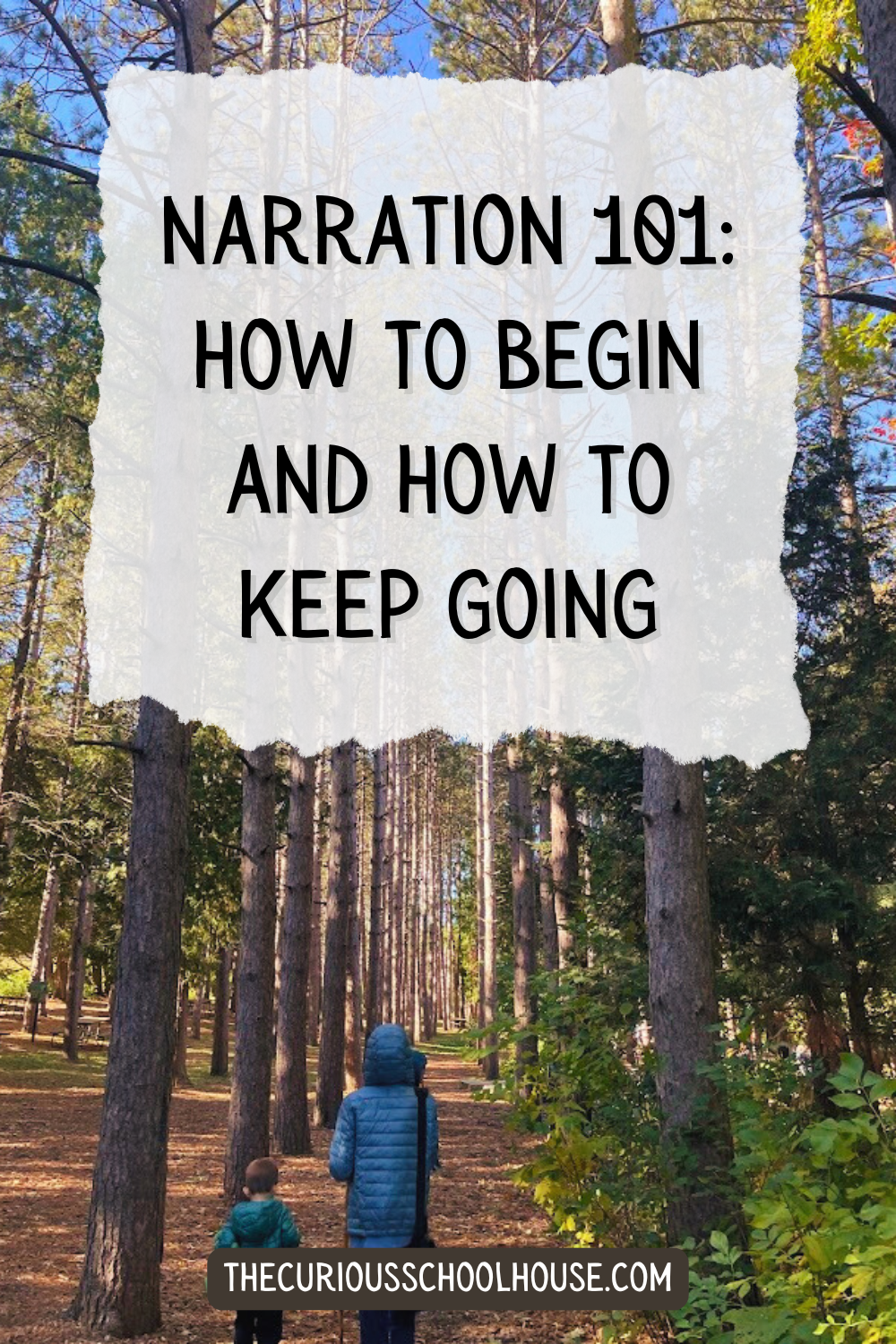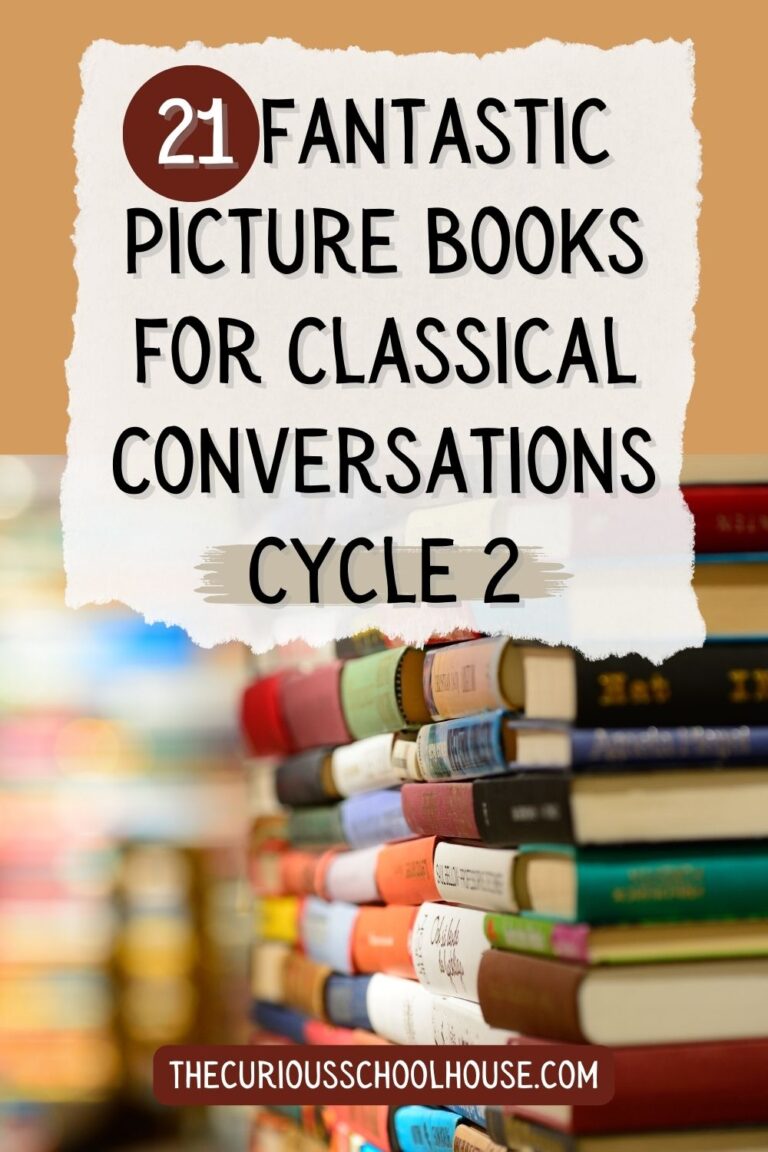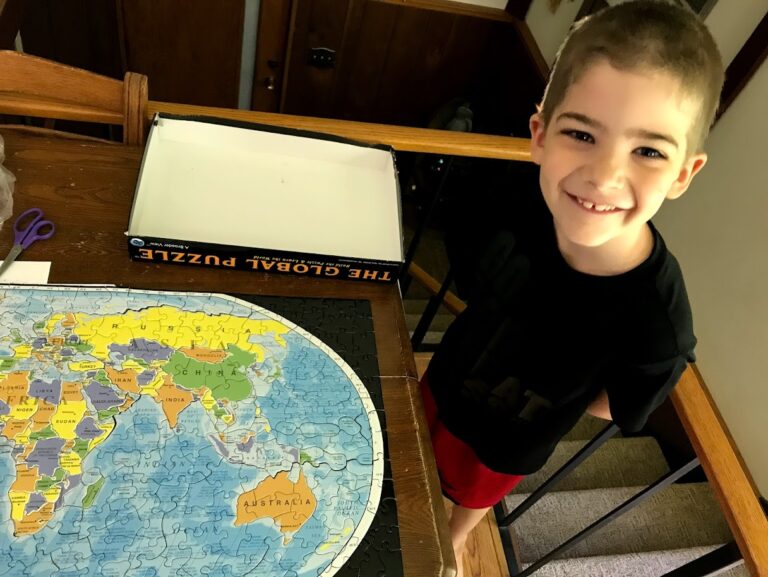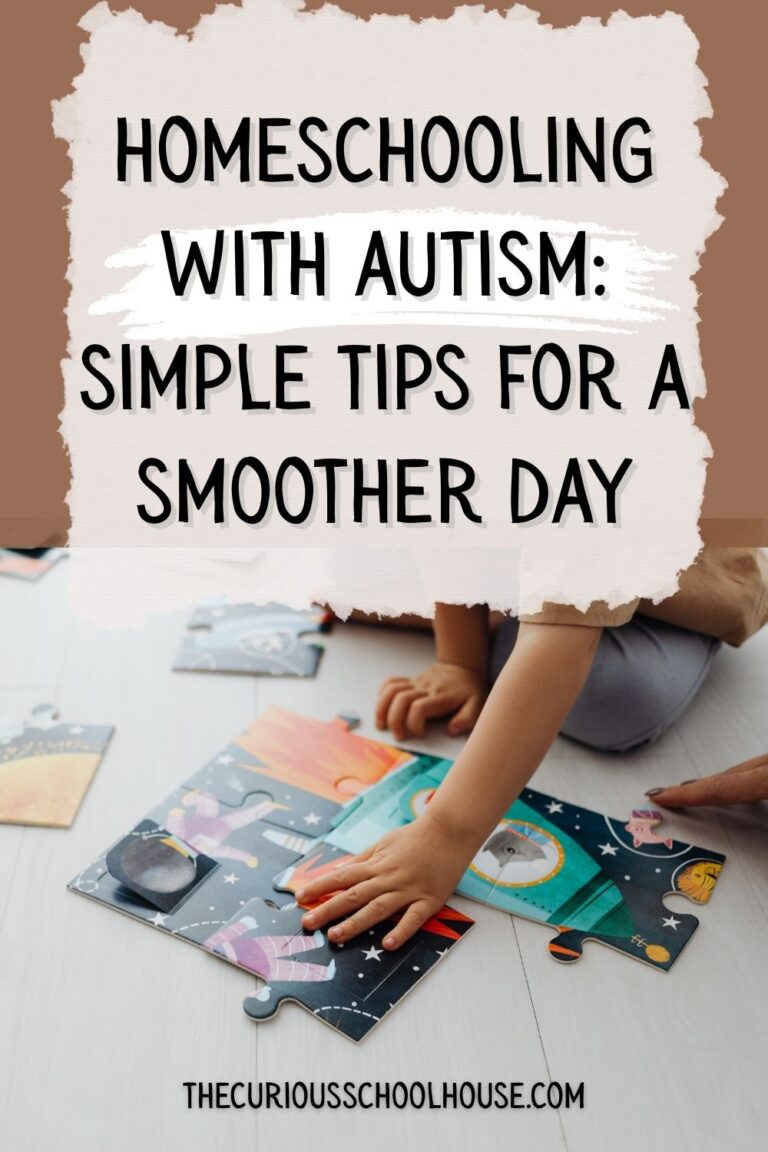Narration 101: How to Begin + How to Keep Going
This post explains 5 tips for beginning narration in your homeschool with your children, as well as an update on how our narrations are going after one year of practice. Examples of narrations given by children of different ages.
For several years I was intimidated by the idea of beginning narration. I kept reading about it, and felt that I should be doing it, but didn’t seem to know how to start. Add to this the fact that I was either pregnant or nursing pretty much constantly, and therefore had zero extra brain cells or energy to put towards something new and hard – and so I didn’t.
However, one year ago, when my our youngest had just turned two and was finally sleeping mostly through the night, I decided to bite the bullet and do it. WE ARE GOING TO NARRATE THIS YEAR, SO HELP ME GOD! It might be lousy but we’ll give it our best shot.
One year later, I am so glad that we did.
Honestly, I think sometimes new things like this feel much harder for us as moms to wrap our minds around than they are for the kids. For the kids, almost everything you do with them is a new experience! They are used to being given new tasks in their school and it doesn’t faze them the way it does us.
These are the two things I tell myself when I am about to start something new: firstly, that it probably won’t be as hard for the kids as it is for me, and secondly, that we are allowed to start small.
So how do we “start small” when it comes to narration? In this post I will detail exactly how we have approached narration during the past year, and some examples of how it went for us. Here are five tips to help you out if you are ready to start beginning narration!
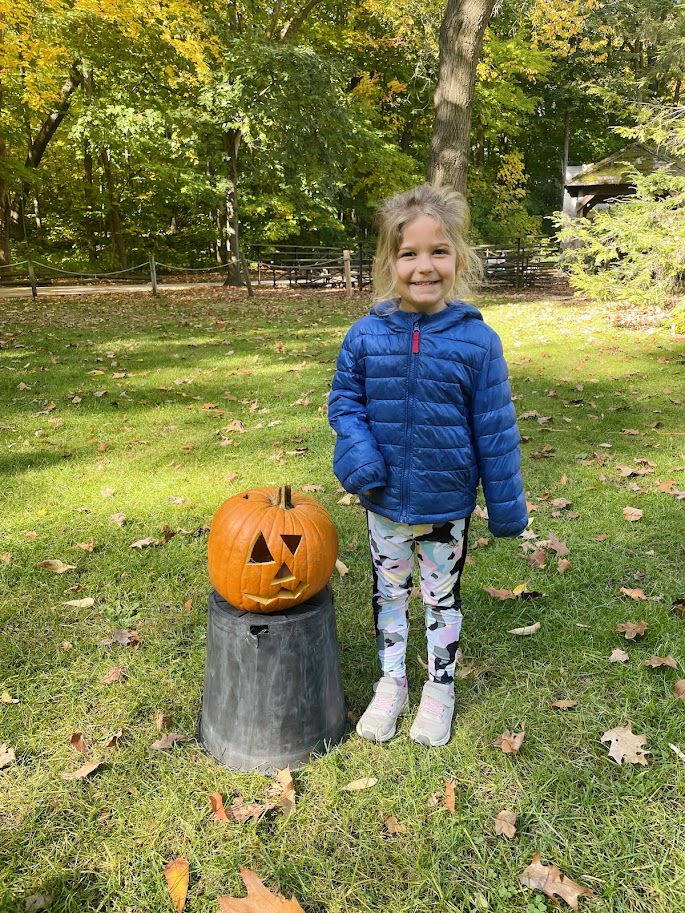
5 Tips for Beginning Narration
1. Warn the kids ahead of time. Kids love knowing what the plan is and what’s going to happen next. You might want to explain what narration is, and give an example; OR alternatively if you think that word will be too confusing and you don’t want to use it, you can just tell your kids, “After we read our school books tomorrow, I am going to ask one of you what you heard and then you can tell me – so be sure you’re listening carefully!”
2. Be okay with bad narrations. Narration is a skill to be learned and practiced, and it might take a while for your kids to get the hang of it (longer for some kids than for others!). When we started out, I got a whole lot of blank stares, “I forgot”s, and two-word narrations. Here’s the key, though: do not, I repeat, DO NOT read the section again and give them another chance. You want your child to learn to pay attention, and if they know they will get a second chance to pay attention, they will not do it the first time around.
Read it only once, and if they weren’t listening or have nothing to say afterwards, simply say something like, “That’s too bad – I’m sorry you weren’t listening that time. Hopefully next time you’ll be able to pay attention better so that you don’t miss out!” This is not about shaming the child or disciplining them but simply about wanting them to experience the joy of the story along with you!
3. Be consistent. Last year, I resolved that we were going to have someone narrate at least once every school day, no matter how hard it might be. Children are wonderfully adaptive, and the more we solidify a habit, the more they will come to expect it and even look forward to it as part of their normal routine. We have done this consistently for about a year now, and though we still have some days with lousy narrations, for the most part they have gotten so much better!
Simple repetition has helped the children to learn what is expected of them.
4. The more difficult the text is, the shorter your daily reading should be. I made this mistake when we started reading Tales from Shakespeare this fall – even though this is a simplified version of Shakespeare’s plays, it still contains a lot of advanced language, not to mention the complexity of the storylines themselves! We quickly found that even one full page was too long – instead, we needed to stop after each and every paragraph.
At this rate, we probably won’t finish the one play we are reading through until the spring, but that is okay. Better to have slowly worked through one Shakespeare play in a way that the children can understand and comprehend than to rush through three or four plays so fast that no one will remember a thing about them.
I am telling myself this, because I am not always a patient person and part of me just wants to speed-read it all and be done with it – then I can check it off and say we did it! Perhaps you know the feeling. However, I must remind myself that just completing something means nothing. It might mean my children learned something, and it might not.
The true magic, the real learning, happens in the doing, not in the completing – and sometimes we have to slow down the “doing” in order to maximize that learning.
5. Use strategic prompts to help the younger children. After I ask, “What did you hear?”, I will not tell them the whole story again, but for the younger children I will give them a short prompt if they are stuck. This could involve showing a picture that was in the book, to remind them of what they heard and get them started, or it could be as simple as reminding them of the main character’s name. “What did you hear about Oberon and Titania in that section?”
I don’t want to do the narration for them, or put words in their mouth, but neither do I think we have to be so hardcore that we won’t give them any help whatsoever.
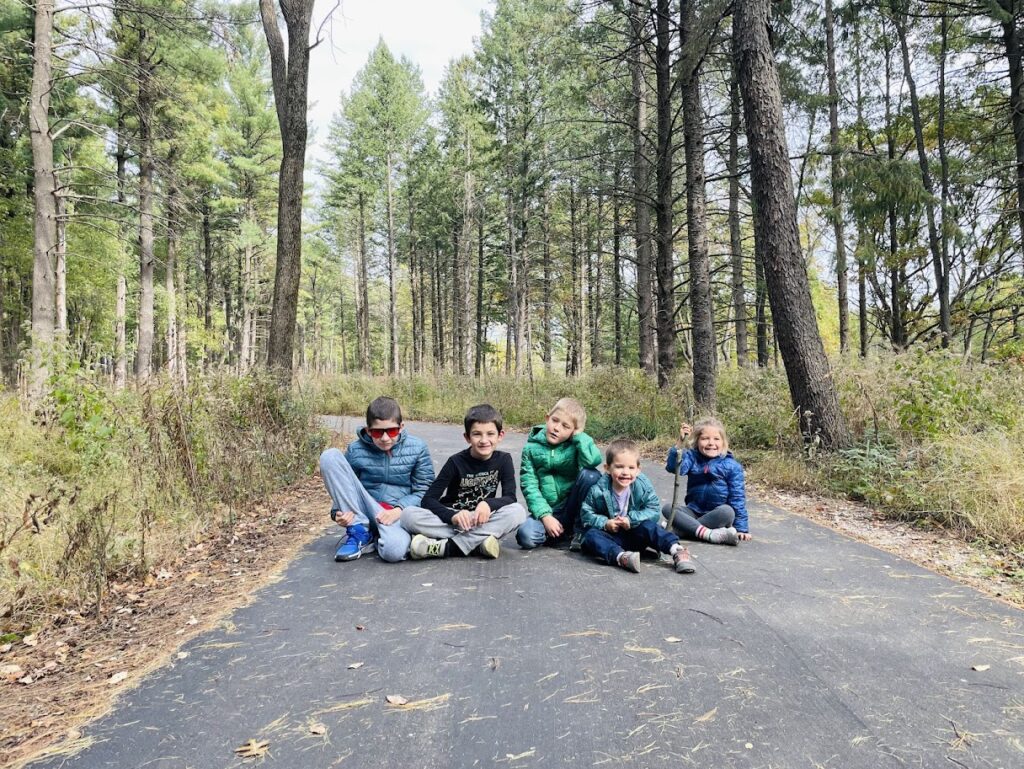
How It’s Going: Progress We Have Made
We started out only narrating after one of the morning readings. Today, I ask for a narration (from someone) after each school book we read.
We started out with only oral narrations; today we still do some oral narrations, but I also have our 11 and 10 year olds do a short written narration each morning, and the 8 and 5 year olds do a drawing as a narration.
On some days, the kids are even excited enough about what we have read to volunteer their own narrations (instead of me choosing someone) OR to add on to their brother’s narration if someone feels that he didn’t explain quite enough. This is huge progress!
The following are some examples of narrations that we have heard in the last few months. I recorded them with my phone and then typed them up for posterity. They are not particularly eloquent, but they are such an improvement from where we began just over a year ago!
Narration Examples
7 year old:
“In it there was a king but I forgot what his name was, and he had two twins and their names were Romulus and Remus, and he had a different mean brother, and then he became king instead and he had someone put the babies in the river because he thought they might take away his throne sometimes. And that person who did it felt sorry for them so instead that person put them in a basket, and it got stuck in the roots of a fig tree and they got raised by some wolves and then by a shepherd.”
9 year old:
“After they grew up they built a city together, and Romulus said that he would rule, and Remus was jealous, and Romulus said that anyone who climbed up his wall and jumped over it would be killed instantly. And Remus did it because he was jealous of his brother and he wanted to be the ruler, and so Romulus got a sword and charged at him and killed him. And then he named the city Rome.”
10 year old:
“Jacob was working for Laban for six more years and he got really rich and then eventually he got richer than Laban and Laban got jealous, and then God told him (Jacob) in a dream that he should go back to the place where his mom and dad lived and that he would be with him. And then he left and three days later Laban noticed that he had gone and he chased after him, but God told him that he shouldn’t say anything mean to him.”
I hope this encourages you to GO AHEAD AND TRY that hard thing, whatever it might be! Chances are, you’ll be so glad you did. As a tool for finding out what’s in your child’s mind, for encouraging them to attend and remember and retell the information, the power of narration cannot be overstated. Try it yourself, and let me know how it goes!
“Narrating is not the work of a parrot, but of absorbing into oneself the beautiful thought from the book, making it one’s own and then giving it forth again with just that little touch that comes from one’s own mind.” ~ Charlotte Mason, Home Education

